Mustard Madness: A Spicy Guide to the World of Mustard Types (With Tips, Tables & Humor)
Table of Contents
Introduction to Mustard Types
Mustard is one of the most versatile and beloved spices in the world. From the tangy bite of yellow mustard on a hot dog to the earthy depth of Dijon, there's a mustard type for every palate. But what exactly are these different mustards, and how do you choose the right one for your dish? In this article, we'll dive into the spicy world of mustard types, explore their unique characteristics, and give you some handy tips to make the most out of your next mustard experience.
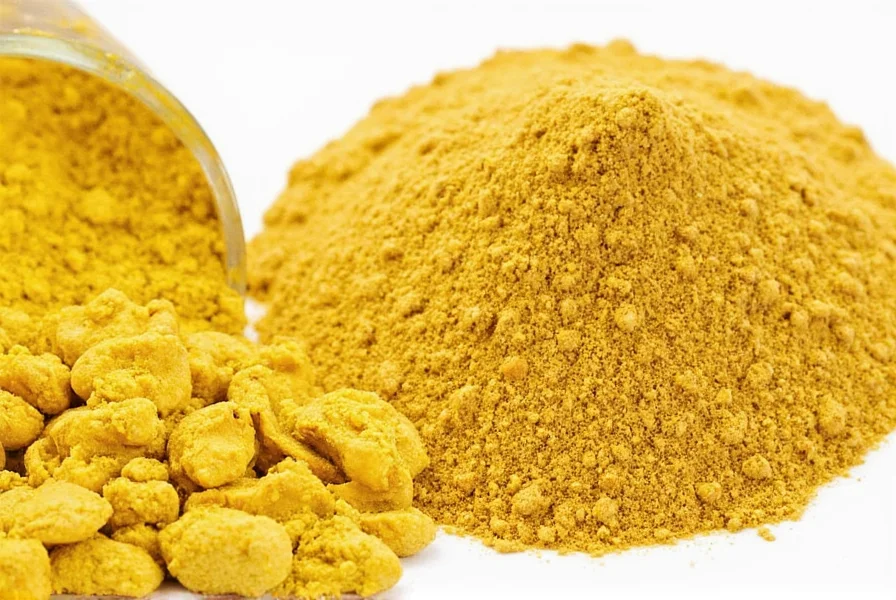
Exploring the Main Types of Mustard
There are several types of mustard, each with its own flavor profile, texture, and use cases. Let's break them down:
1. Yellow Mustard
The classic American favorite, yellow mustard is mild, tangy, and slightly sweet. It’s commonly used on hot dogs, burgers, and sandwiches. Its bright color and mellow flavor make it a crowd-pleaser.
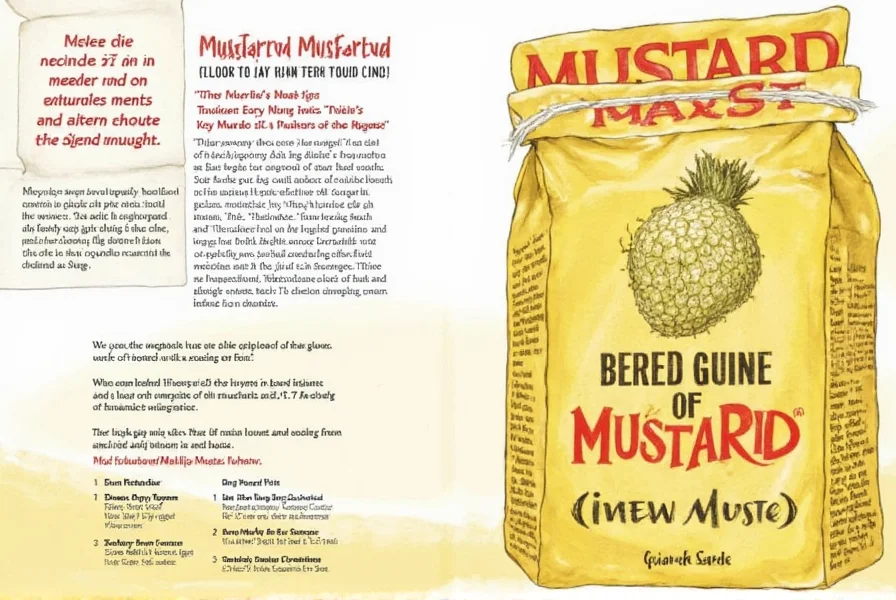
2. Dijon Mustard
Hailing from France, Dijon mustard is made from brown or black mustard seeds and has a more pungent, complex flavor than its yellow cousin. It’s often used in vinaigrettes, marinades, and gourmet dishes.
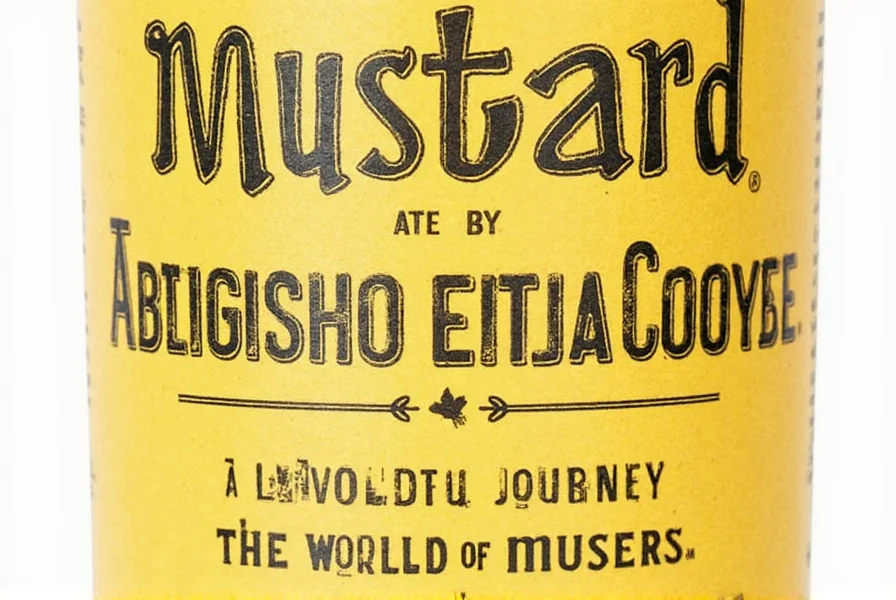
3. Whole Grain Mustard
This version contains coarsely ground mustard seeds, giving it a rustic texture and robust flavor. It’s great for adding crunch and depth to dishes like grilled meats and roasted vegetables.
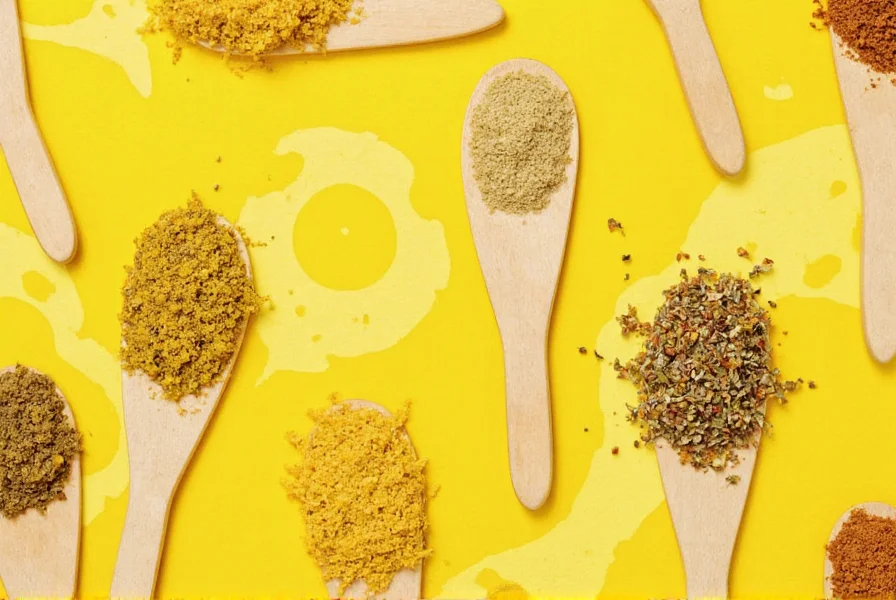
4. Honey Mustard
A sweet and tangy blend of mustard and honey, honey mustard is a popular choice for dipping sauces, dressings, and even glazes for chicken or pork. Its balance of sweetness and spice makes it a versatile option.
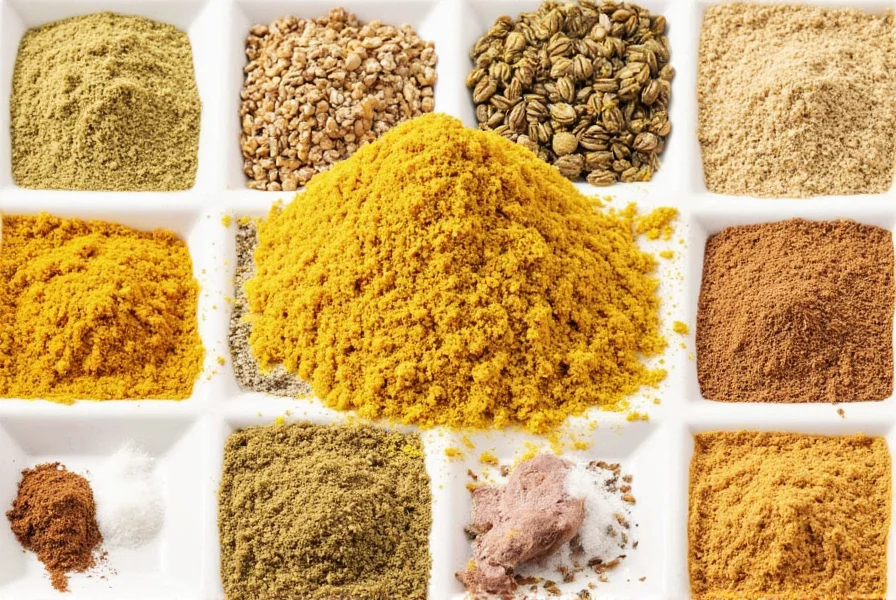
5. Grey Poupon Mustard
A premium brand of Dijon mustard, Grey Poupon is known for its smooth texture and rich flavor. It’s often used in high-end recipes and is a staple in many French kitchens.
6. Wasabi Mustard
A spicy fusion of wasabi and traditional mustard, this variety brings a unique kick that’s perfect for those who love heat. It’s ideal for sushi, tacos, or any dish that needs an extra zing.
7. Spicy Brown Mustard
Made from brown mustard seeds, this type has a stronger, more pungent flavor compared to yellow mustard. It’s commonly used in deli meats, sausages, and as a condiment for hearty meals.
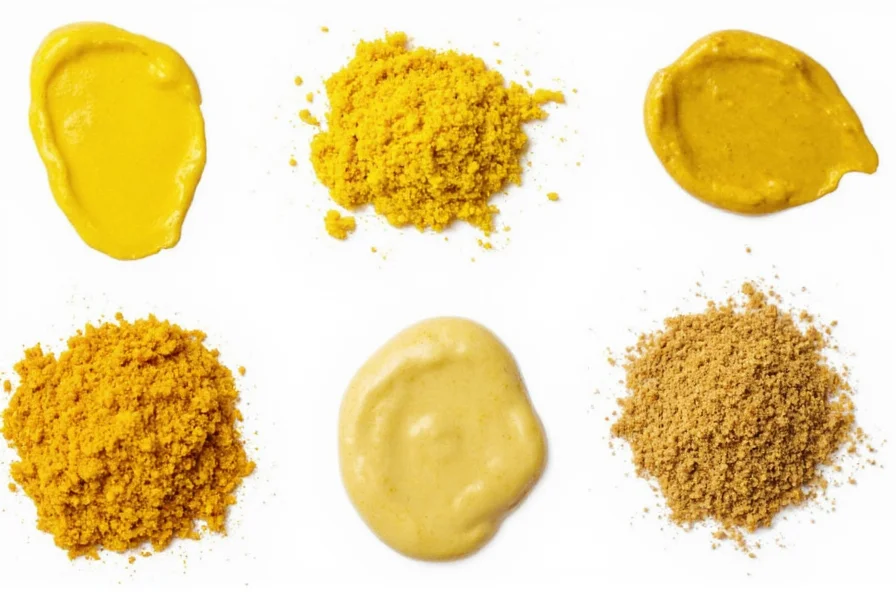
8. Japanese Mustard (Sarashi Mustard)
Known for its intense heat and sharp flavor, Japanese mustard is used in various Asian cuisines, especially in sushi and sashimi. It’s less common outside of Japan but highly valued by spice lovers.
Practical Tips for Using Mustard
Now that you know the basics, here are some practical tips to help you get the most out of your mustard collection:
- Start small: Mustard can be quite strong, so add a little at a time and adjust to taste.
- Pair it wisely: Use milder mustards like yellow or honey mustard with delicate dishes, while bolder varieties like Dijon or spicy brown mustard work well with heartier foods.
- Make your own: You can easily make homemade mustard using mustard seeds, vinegar, and spices. It’s a fun and rewarding project.
- Experiment with flavors: Try mixing different mustards together for a custom blend that suits your taste.
- Use it beyond condiments: Mustard isn’t just for sandwiches! Add it to dressings, marinades, and even baked goods for a unique twist.
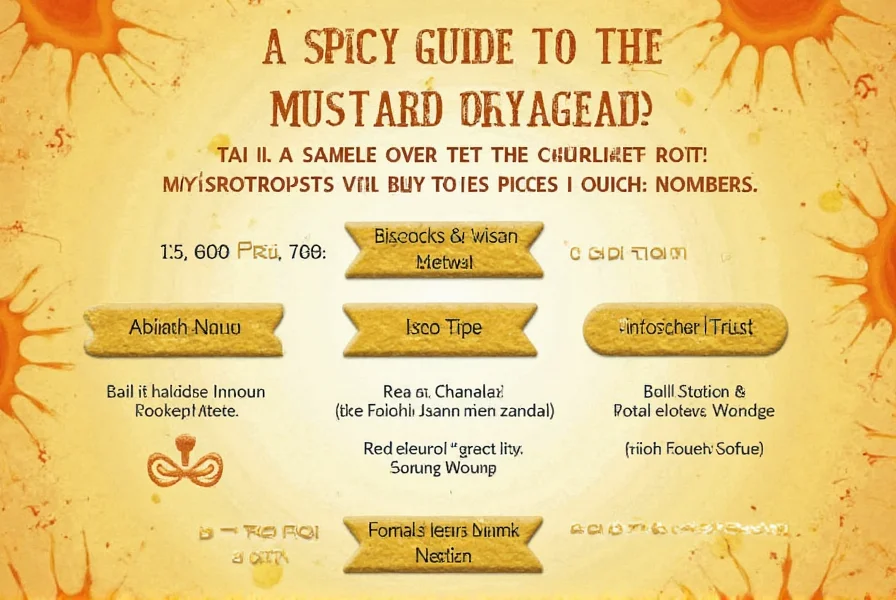
Buying Guide for Mustard Types
If you’re looking to buy mustard, it’s important to know what features to look for based on your preferences and use cases. Here’s a quick guide to help you choose the right mustard for your needs:
| Mustard Type | Flavor Profile | Texture | Best For |
|---|---|---|---|
| Yellow Mustard | Mild, tangy, slightly sweet | Smooth | Hot dogs, burgers, sandwiches |
| Dijon Mustard | Pungent, complex, slightly spicy | Smooth | Vinaigrettes, marinades, gourmet dishes |
| Whole Grain Mustard | Rich, robust, slightly coarse | Coarse | Grilled meats, roasted veggies, dips |
| Honey Mustard | Sweet, tangy, balanced | Smooth | Dipping sauces, dressings, glazes |
| Grey Poupon Mustard | Rich, smooth, refined | Smooth | Gourmet cooking, special occasions |
| Wasabi Mustard | Spicy, sharp, unique | Smooth | Sushi, tacos, adventurous dishes |
| Spicy Brown Mustard | Strong, pungent, bold | Coarse | Deli meats, sausages, hearty meals |
| Japanese Mustard | Intense, sharp, fiery | Smooth | Asian cuisine, sushi, sashimi |
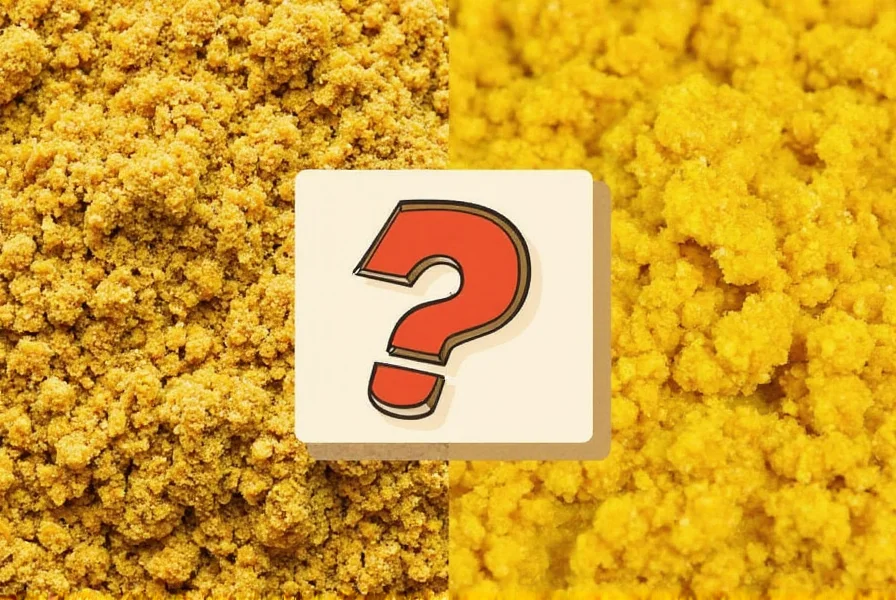
When buying mustard, consider the following factors:
- Ingredients: Look for natural ingredients and minimal preservatives if you prefer a more authentic product.
- Brand reputation: Established brands like Grey Poupon or Colman’s offer consistent quality and flavor.
- Use case: Choose a mustard that matches your intended use, whether it’s for everyday meals or special occasions.
- Flavor preference: Decide whether you want a mild, tangy, or spicy mustard based on your personal taste.
Conclusion
Mustard types are as diverse as the people who enjoy them. Whether you're a seasoned chef or a curious foodie, understanding the different kinds of mustard can elevate your cooking and expand your culinary horizons. With the right knowledge and a bit of experimentation, you’ll find that mustard is far more than just a condiment—it's a flavor enhancer, a flavor creator, and sometimes even a flavor adventure.
So next time you reach for that bottle of mustard, remember: you're not just adding a condiment—you're adding a story, a tradition, and a whole lot of flavor.

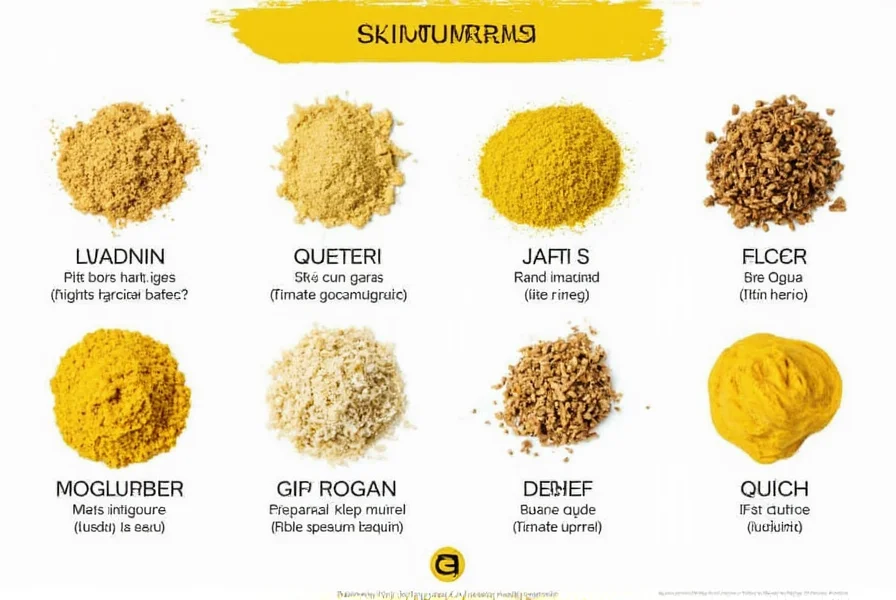









 浙公网安备
33010002000092号
浙公网安备
33010002000092号 浙B2-20120091-4
浙B2-20120091-4